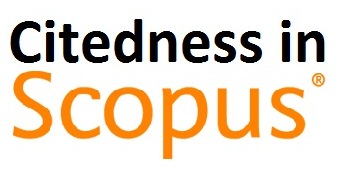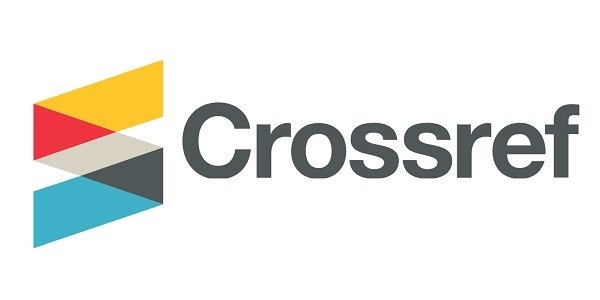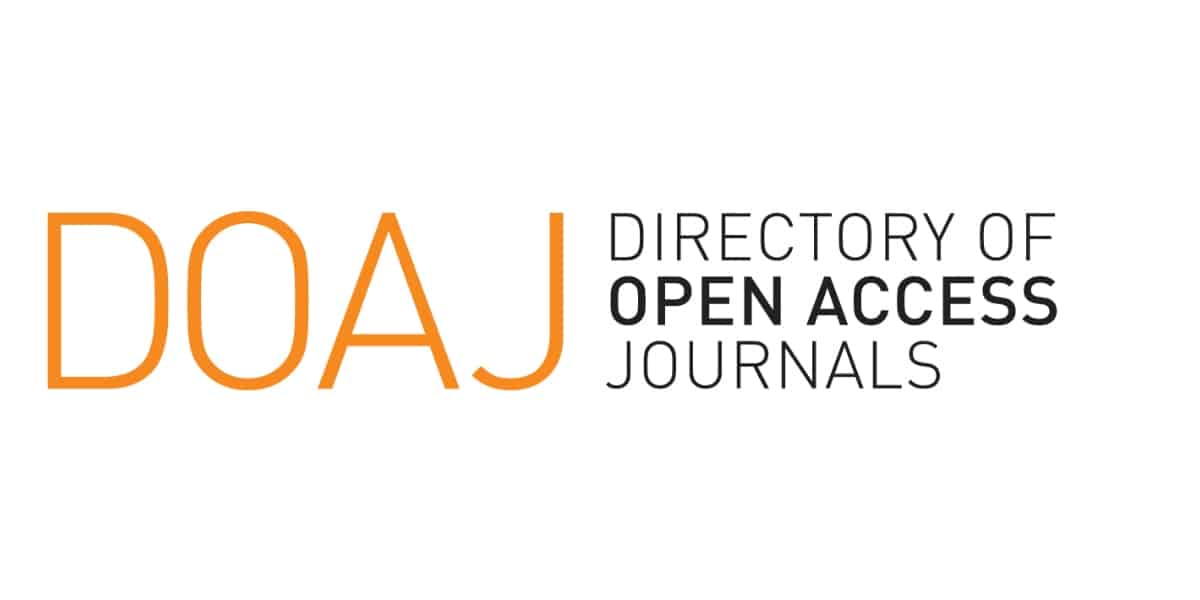DESAIN BIOFLOKULAN GELATIN TULANG IKAN LELE (CLARIAS BATRACHUS) UNTUK PENJERNIHAN AIR
Abstract
Coagulation-flocculation wastewater treatment is widely used because the process is simple to facilitate
the sedimentation process. The coagulation-flocculation process aims to alter very small colloidal particles
(smaller than 10-3
) into larger particles using synthetic or natural materials. The synthetic material is preferred
because it does not need to adjust the pH of the media; only small quantities required (from 1-5 ppm), the floc
formed is larger, stronger, and has better settling properties. However, it has many shortcomings, including nonbiodegradable, neurotoxic, and carcinogenic properties. Gelatin can be used as an alternative bioflocculant
because it has a dual function in the coagulation and flocculation processes. The gelatin production is obtained
by utilizing the bone waste of catfish (Clarias batrachus) using the acid method. This study aimed to design gelatin
flocculant from catfish bone waste by specifying the intended characteristics such as pH, molecular weight (Mv),
non-toxic, and insoluble in neutral pH and determining the effectiveness in purifying water. The method covered
the production of gelatin using the acid method, determining the properties of gelatin flocculants, performing test
of the effectiveness for water purification using the jar test, and calculate the cost. The results showed that gelatin
flocculant met the criteria for flocculants with a pH of 5.2, Mv value of 302.648 g/mol, and non-toxic insoluble in
neutral pH. The jar test results showed that the administration of a gelatin flocculant dose of 40 mg/L at pH 5.5
was able to reduce the turbidity of the artificial waste from 100 NTU to 28 NTU with a turbidity removal value of
72% with estimated cost of treatment of Rp 4,000 /m3
.
Keywords: catfish bone waste, flocculation, gelatin flocculant, jar test, molecular weight

_page-00013.jpg)







_(1).png)

